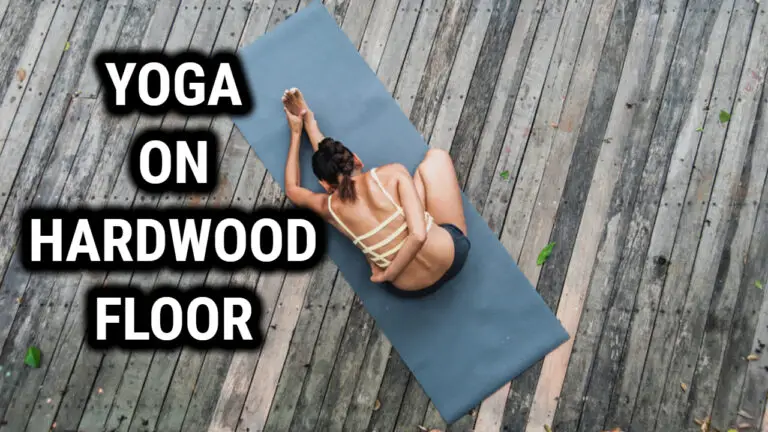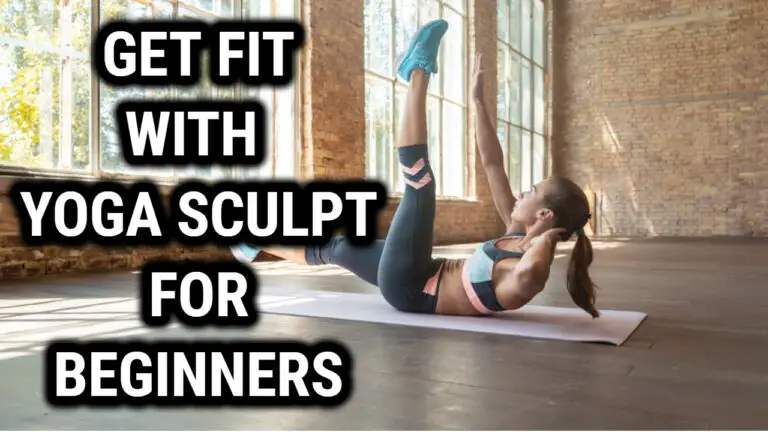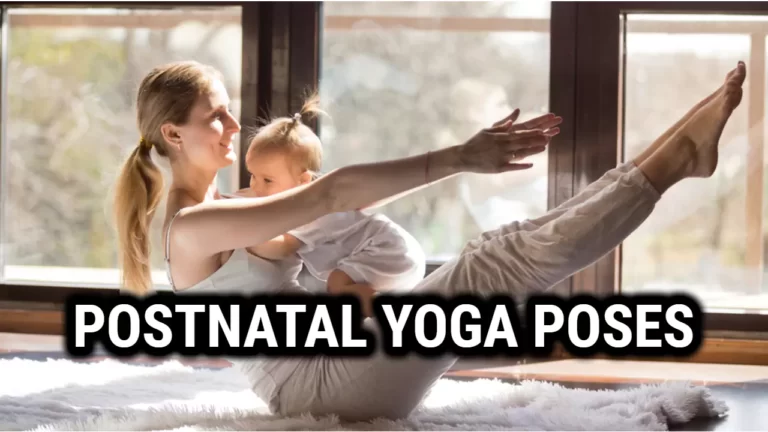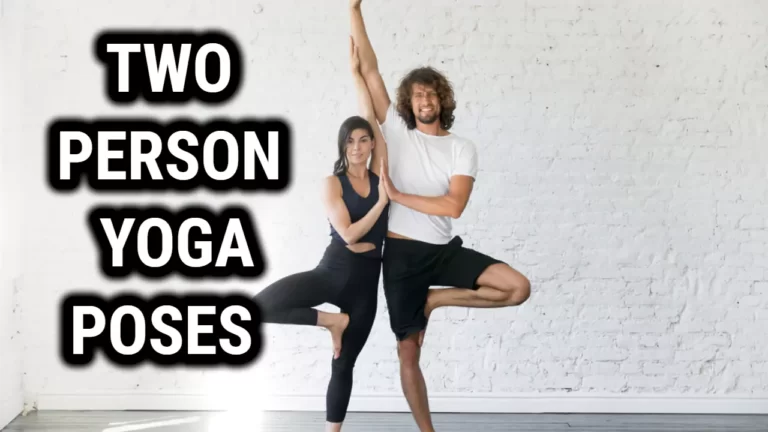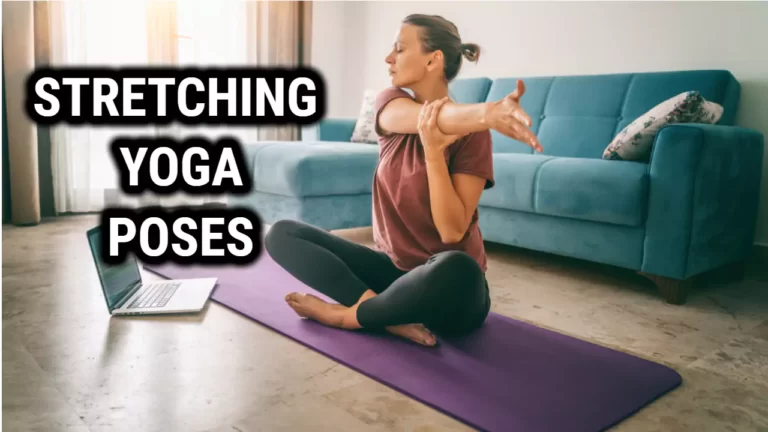Acro Yoga Poses For Beginners To Try Today

Acro Yoga is a fun and exciting practice that combines the principles of yoga and acrobatics. It involves two people working together to perform a series of poses and movements that require balance, strength, and trust. Acro Yoga is a great way for beginners to get into yoga and experience the benefits of this ancient practice in a new and exciting way.
One of the unique aspects of Acro Yoga is that it requires both partners to be fully present and engaged in the practice. This means that communication and trust are essential components of the practice. Beginners can expect to develop a deeper sense of connection with themselves and their partners as they learn to work together in new and challenging ways.
Acro Yoga is accessible to people of all ages and fitness levels. Beginners can start with simple poses and gradually work their way up to more advanced movements as they gain strength and confidence. With practice, Acro Yoga can help improve balance, flexibility, and overall physical fitness while promoting mindfulness and relaxation.
What is Acro Yoga?
Acro Yoga is a combination of yoga, acrobatics, and Thai massage. It is a partner yoga practice that involves one person acting as the base, supporting the weight of the other person, who is the flyer. The practice is designed to build trust, strength, and connection while feeling like a dance.
Benefits of Acro Yoga
Acro Yoga has numerous benefits for the mind, body, and soul. Here are some of the most notable benefits:
- Strengthens the core, arms, and legs
- Improves balance and coordination
- Increases flexibility and mobility
- Boosts confidence and trust in oneself and others
- Reduces stress and anxiety
- Enhances communication and connection with others
Safety Tips for Acro Yoga
As with any physical practice, safety is of utmost importance. Here are some tips to ensure a safe and enjoyable Acro Yoga experience:
| 1. | Always warm up before practicing Acro Yoga to prevent injury. |
| 2. | Communicate clearly with your partner throughout the practice, and establish a system of signals to indicate when you need a break or if something doesn’t feel right. |
| 3. | Start with basic poses and progress gradually to more advanced poses as your skills and confidence increase. |
| 4. | Ensure that your base has a stable and secure foundation before attempting any poses. |
| 5. | Always have a spotter present to provide additional support and assistance. |
Getting Started with Acro Yoga
Acro Yoga is a fun and challenging practice that combines yoga, acrobatics, and Thai massage. It is a partner-based practice that requires trust, communication, and teamwork. If you are new to Acro Yoga, here are some tips to get started.
Choosing a Partner
When choosing a partner for Acro Yoga, it is important to find someone with whom you feel comfortable and safe. Look for someone who is around your size and weight, and who has a similar level of experience in yoga or acrobatics. It is also important to communicate with your partner and establish clear boundaries and expectations before starting the practice.
Basic Poses for Beginners
Here are some basic poses for beginners to try:
| Poses | Description |
|---|---|
| Front Bird | A pose in which the base lies on their back and lifts the flyer up with their feet, while the flyer extends their arms and legs out. |
| Back Bird | A pose in which the base lies on their stomach and lifts the flyer up with their hands, while the flyer extends their arms and legs out. |
| Throne | A pose in which the base sits on the ground with their legs bent and feet flat on the ground, while the flyer sits on the base’s feet and leans back into their hands. |
Remember to start with the basics and progress slowly. It is important to listen to your body and not push yourself too hard. With practice and patience, you will be able to progress to more advanced poses.
7 Acro Yoga Poses
Pose 1: Front Bird
The Front Bird pose is a great starting point for beginners. The base lies on their back with their knees bent and feet flat on the ground. The flyer then stands facing the base and places their hands on the base’s ankles. The flyer then lifts one leg and places their foot on the base’s thigh. They repeat the same with the other leg. The base then lifts their feet off the ground, and the flyer extends their arms out to the sides for balance.
Pose 2: Back Bird
The Back Bird pose is similar to the Front Bird, but the flyer is facing away from the base. The base begins by lying on their back with their knees bent and feet flat on the ground. The flyer then stands facing away from the base and places their hands on the base’s ankles. The flyer then lifts one leg and places their foot on the base’s thigh. They repeat the same with the other leg. The base then lifts their feet off the ground, and the flyer extends their arms out to the sides for balance.
Pose 3: Throne Pose
The Throne Pose is a more advanced pose that requires a lot of trust and communication between the base and the flyer. The base begins by sitting on the ground with their legs bent and feet flat on the ground. The flyer then sits on the base’s feet facing away from the base. The flyer then places their hands on the base’s shoulders and leans back, extending their legs out in front of them. The base then lifts the flyer up by pushing their feet into the ground.
Pose 4: Star Pose
The Star Pose is a fun and challenging pose that requires a lot of balance and coordination. The base begins by lying on their back with their legs extended out in front of them. The flyer then stands facing the base and places their hands on the base’s ankles. The flyer then lifts one leg and places their foot on the base’s thigh. They repeat the same with the other leg. The base then lifts their feet off the ground, and the flyer extends their arms and legs out to the sides, forming a star shape.
Pose 5: High Flying Whale
The High Flying Whale is a playful pose that requires a lot of core strength and balance. The base begins by lying on their back with their legs bent and feet flat on the ground. The flyer then stands facing the base and places their hands on the base’s ankles. The flyer then lifts one leg and places their foot on the base’s thigh. They repeat the same with the other leg. The base then lifts their feet off the ground, and the flyer extends their legs out in front of them, forming a whale tail.
Pose 6: Folded Leaf Pose
The Folded Leaf Pose is a beautiful pose that requires a lot of flexibility and balance. The base begins by sitting on the ground with their legs extended out in front of them. The flyer then stands facing away from the base and places their hands on the base’s ankles. The flyer then leans forward, folding their body in half, and places their feet on the base’s shoulders. The base then lifts the flyer up by pushing their feet into the ground.
Pose 7: Shoulder Stand
The Shoulder Stand is a classic yoga pose that can be done on the ground or in the air. The base begins by lying on their back with their legs extended out in front of them. The flyer then stands facing the base and places their hands on the base’s ankles.
The flyer then lifts one leg and places their foot on the base’s thigh. They repeat the same with the other leg. The base then lifts their feet off the ground, and the flyer extends their legs up towards the sky, forming a shoulder stand.
Acro Yoga is a fun and challenging way to connect with others and build strength and flexibility. These seven poses are just a few examples of the many poses that can be done in Acro Yoga. It is important to remember that safety and communication are key when practicing Acro Yoga. Always practice with a partner you trust and communicate clearly throughout the practice.
Tips for Practicing Acro Yoga
Breathing Techniques
When practicing Acro Yoga, it’s important to focus on your breath. Deep breathing can help you relax and stay calm, especially if you’re feeling nervous or anxious. Encourage your partner to breathe deeply as well. You can synchronize your breath with your partner’s to create a sense of harmony and connection.
How to Build Strength and Flexibility
Acro Yoga requires both strength and flexibility. To build strength, try practicing push-ups, planks, and other bodyweight exercises. Incorporate yoga poses like Downward Dog and Warrior II to improve your flexibility. Remember to warm up before practicing any Acro Yoga poses to prevent injury.
Common Mistakes to Avoid
When practicing Acro Yoga, it’s important to communicate with your partner and listen to your body. Some common mistakes to avoid include:
- Not warming up properly before practicing
- Not communicating with your partner
- Trying advanced poses before mastering the basics
- Trying to force a pose instead of listening to your body
- Not practicing on a safe surface or with a spotter
By following these tips and practicing regularly, you can improve your Acro Yoga skills and deepen your connection with your partner. Remember to have fun and enjoy the journey!
Conclusion
Acro Yoga is a unique and playful form of yoga that combines acrobatics and yoga. It can be a fun way to build trust and connection with a partner or friend while also improving strength, flexibility, and balance.
Beginners should start with a basic class and gradually work their way up to more advanced poses. It’s important to practice with a partner you trust and with a spotter to ensure safety.
Acro Yoga is a great way to challenge yourself physically and mentally while also building connections with others. With practice and dedication, beginners can progress to more advanced poses and experience the many benefits of this unique form of yoga.

